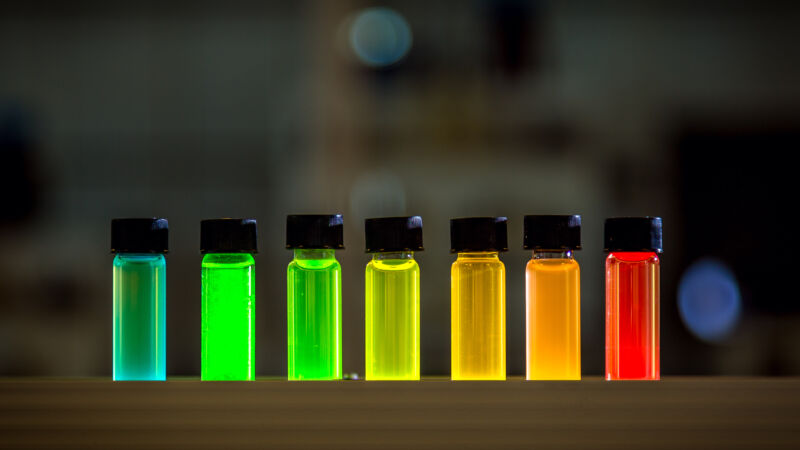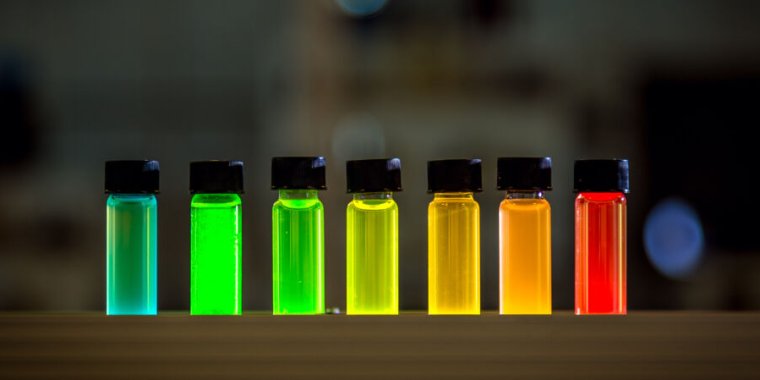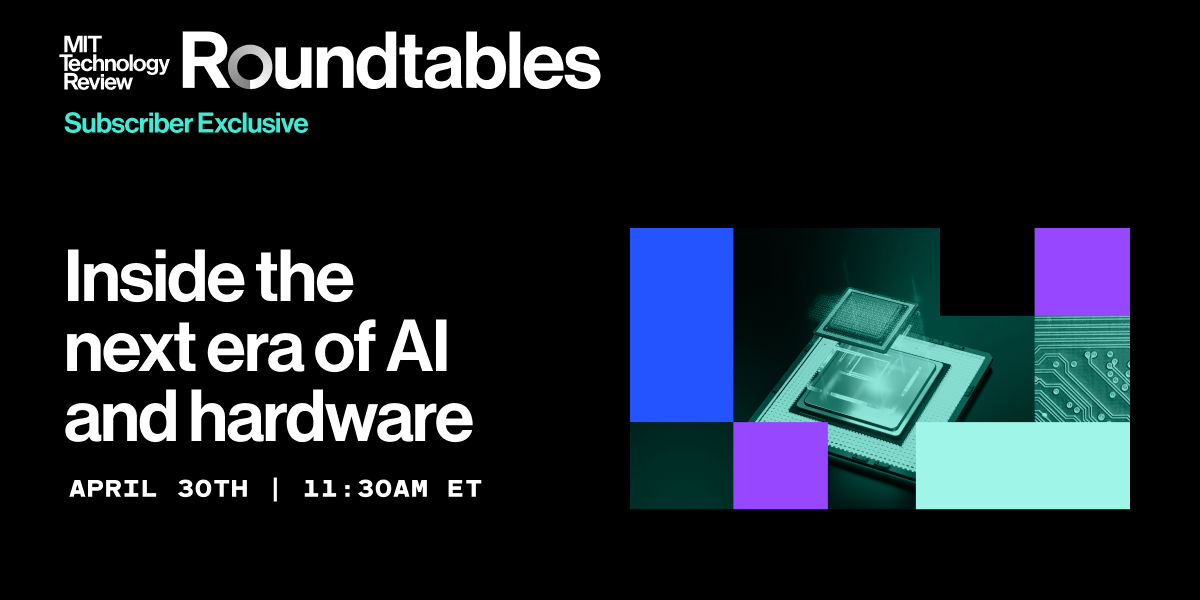
What comes after OLED?
With OLED-equipped TVs, monitors, and other gadgets slowly becoming more readily available at lower prices, attention is turning to what the next landmark consumer display tech will be.
Micro LED often features in such discussions, but the tech is not expected to start hitting consumer devices until the 2030s. Display makers are also playing with other futuristic ideas, like transparent and foldable screens. But when it comes to technology that could seriously address top user concerns—like image quality, price, and longevity—quantum dots seem the most pertinent at the moment.
Quantum dots are already moving in the premium display category, particularly through QD-OLED TVs and monitors. The next step could be QDEL, short for “quantum dot electroluminescent,” also known as NanoLED, screens. Not to be confused with the QLED (quantum light emitting diode) tech already available in TVs, QDEL displays don’t have a backlight. Instead, the quantum dots are the light source. The expected result is displays with wider color spaces than today’s QD-OLEDs (quantum dot OLEDs) that are also brighter, more affordable, and resistant to burn-in.
It seems like QDEL is being eyed as one of the most potentially influential developments for consumer displays over the next two years.
If you’re into high-end display tech, QDEL should be on your radar.
What is QDEL?
You may know QDEL as NanoLED because that’s what Nanosys, a quantum dot supplier developing the technology, calls it. QDEL has gone by other names, such as QLED—before Samsung claimed that acronym for LCD-LED TVs that use quantum dots. You may also see QDEL referred to as QD-EL, QD-LED, or EL-QD. As the alphabet soup suggests, there are still some things to finalize with this tech. This article will mostly use the term QDEL, with occasional references to NanoLED.
If none of those names sound familiar, it’s probably because you can’t buy any QDEL products yet. Suppliers suggest that could change in the next few years; Nanosys is targeting 2026 for commercial availability.
That timeline seems pretty ambitious, though, considering the limited number of prototypes we’ve seen and the limitations still facing QDEL (more on that below). But even if we don’t see QDEL for a while, there are reasons to keep an eye on the tech.
David Hsieh, senior research director for displays at research firm Omdia, told me via email that when it comes to consumer gadgets, he expects QDEL will most impact TVs, PC displays, and the automotive industry. If commercialized and mass-produced, QDEL can have a cost-to-performance ratio better than that of OLED, but it would still struggle to compete with LCD-LED on a cost basis.
A 2023 whitepaper (PDF) from Nanosys and manufacturing partner Sharp Display describes an inkjet printing manufacturing process that is applicable to QDEL monitors and TVs. The photolithography process is reportedly harder because quantum dots get damaged in the process, but it can expand QDEL applications to include tablets, laptops, smartphones, wearables, and AR/VR products. Jeff Yurek, Nanosys’ VP of marketing, confirmed to me via email that Nanosys expects to see QDEL products made with photolithography come to market first.


















